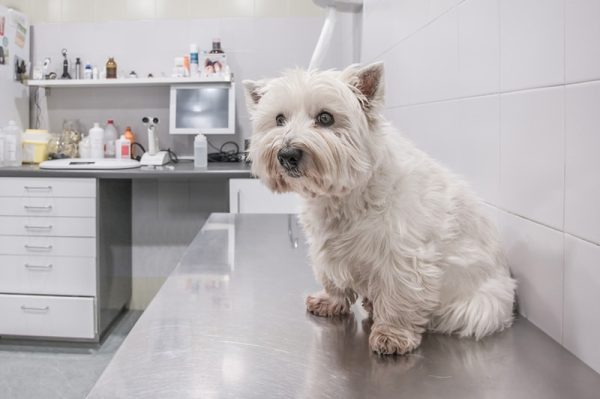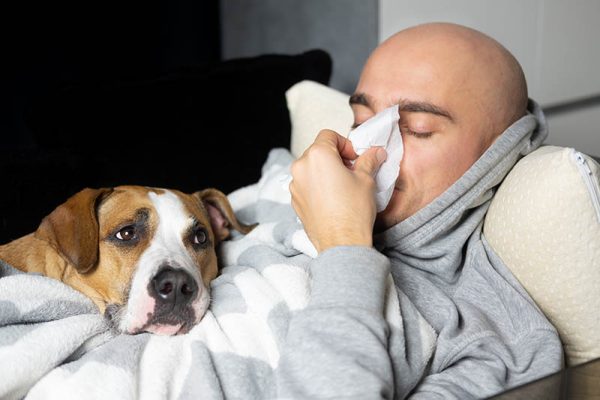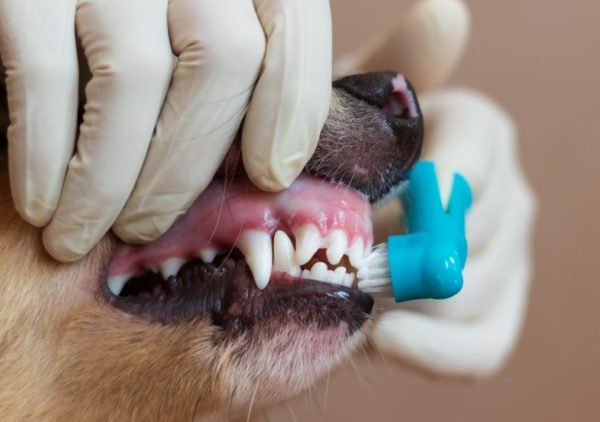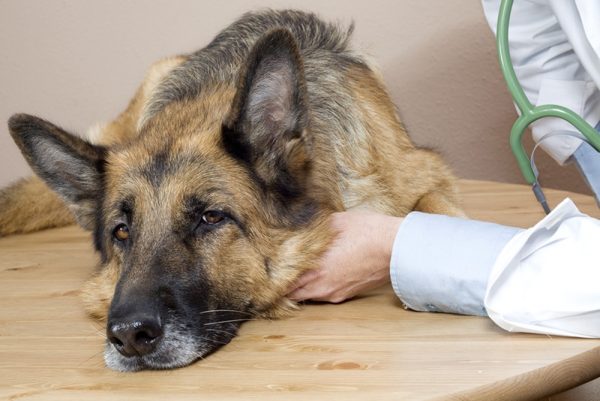Dr. Stacie Grannum
Author
About
Dr. Stacie Grannum was born and raised in Arizona, USA. When she was a little girl, an encounter with a little animal changed her life forever. A tiny bird fell high from its nest, and Stacie diligently cared for it. Sadly, despite her best attempts to save it, the baby bird did not survive. From this devastating loss came a new ambition, carving the path that Dr. Grannum followed. She knew that she wanted to pursue a career in veterinary medicine. She worked hard toward that goal and dedicated her time to pursuing the field. Today, her focus is on pet health, particularly wellness and preventive medicine. She also enjoys writing about pet health and is eager to share what she has learned over the year with other animal lovers. In 2014, Dr. Grannum earned her Doctor of Veterinary Medicine Degree from Colorado State University.Archive
Dogs can inhale or ingest fungal spores from the environment and acquire a fungal infection in their lungs, intestinal tract, or systemically in several organs and tissues. One such fungal infection is histoplasmosis. Diagnosing this disease involves cytology and histopathology...
Dogs can burn their paw pads if they stand or walk on hot surfaces, such as asphalt or pavement during a hot summer day. Fires, rough terrain, snow and ice, extensive exercise, and certain chemicals that your dog may accidentally...
West Highland White Terriers, also known as Westies, can suffer from a chronic and progressive lung condition known as canine idiopathic pulmonary fibrosis (CIPF). The disease causes thickening and scarring of lung tissue, which impedes the exchange of oxygen into...
Pets can pass diseases to people in a process called zoonosis. But can we pass germs to our dogs and make them sick? Yes, we can! Dogs can indeed get sick from humans. That said, while dogs can catch germs...
Batteries can be extremely damaging to dogs, causing irritation and ulceration to the digestive system if they are swallowed. They may also present as a choking or intestinal blockage hazard. If your dog has eaten or chewed a battery, seek...
What Is Vet in a Box Medical Kit? How Does It Work? Your dog loves going everywhere with you: hiking, camping, traveling, or simply walking in the park. But are you prepared if something were to happen? How would you...
Animal hair is all the same, right? Nope! So, yes, you can be allergic to dogs and not cats. Your immune system is a coordinated network of organs, tissues, cells, and proteins that protect you from germs and disease. Antibodies...
What Is the Leashboss Double Handle Reflective Dog Leash? How Does It Work? Wrapping the leash around your hand to pull your dog closer to you is not always practical or safe. If your dog is a strong puller, the...
Seizures can be scary to witness in people and pets alike. Changes in brain activity can trigger a seizure in a dog, though the reasons for those changes vary. Knowing how and why one can occur can better prepare you...
Dental health is just as important for dogs as it is for us. Without regular dental care, dogs can be prone to yellow or brown discolored teeth, bad breath (halitosis), redness and swelling of the gums (gingivitis), eroded gums, and...
Demodex are mites normally found in low numbers in the hair follicles of dogs. They live their entire lives on the host and are usually harmless. But when the host’s immune system malfunctions, enabling the Demodex mite to populate out...
We know that vegetables are a healthy part of the human diet, but can the same be said for a dog’s diet? Yes, in moderation, vegetables can be great additions to a dog’s meals, as they are low-calorie foods that...
Dogs with pancreatitis require low to moderate fat levels and moderate protein levels in their diet.1 These dietary changes help minimize the stimulation of the pancreas to prevent further organ damage and inflammation. So, is chicken liver good for dogs...
If you have a dog that likes socializing with other dogs, be aware that these social gatherings can lead to illnesses like pneumonia. A dog can develop signs of pneumonia a few days after interacting with a dog who already...
Dogs often ingest substances and objects that are dangerous to them. These may include poisons, cleaning products, toxic foods, medications, and objects like clothing or toys. One of the most effective ways to rid the stomach of harmful substances is...














